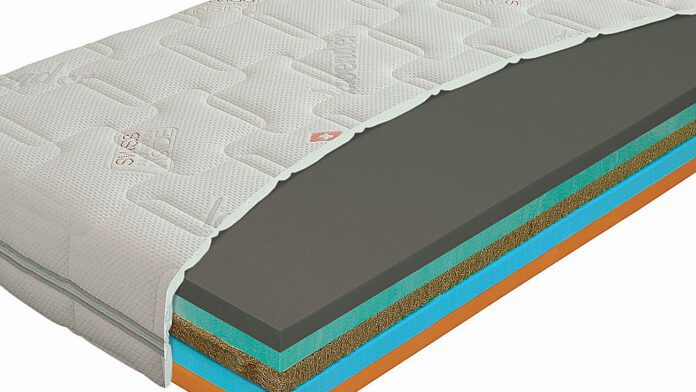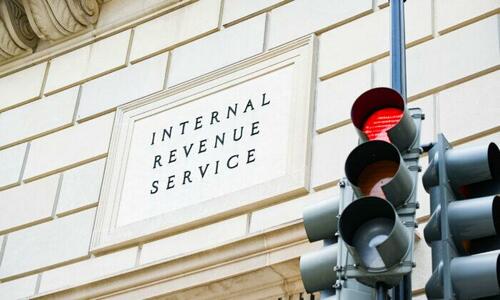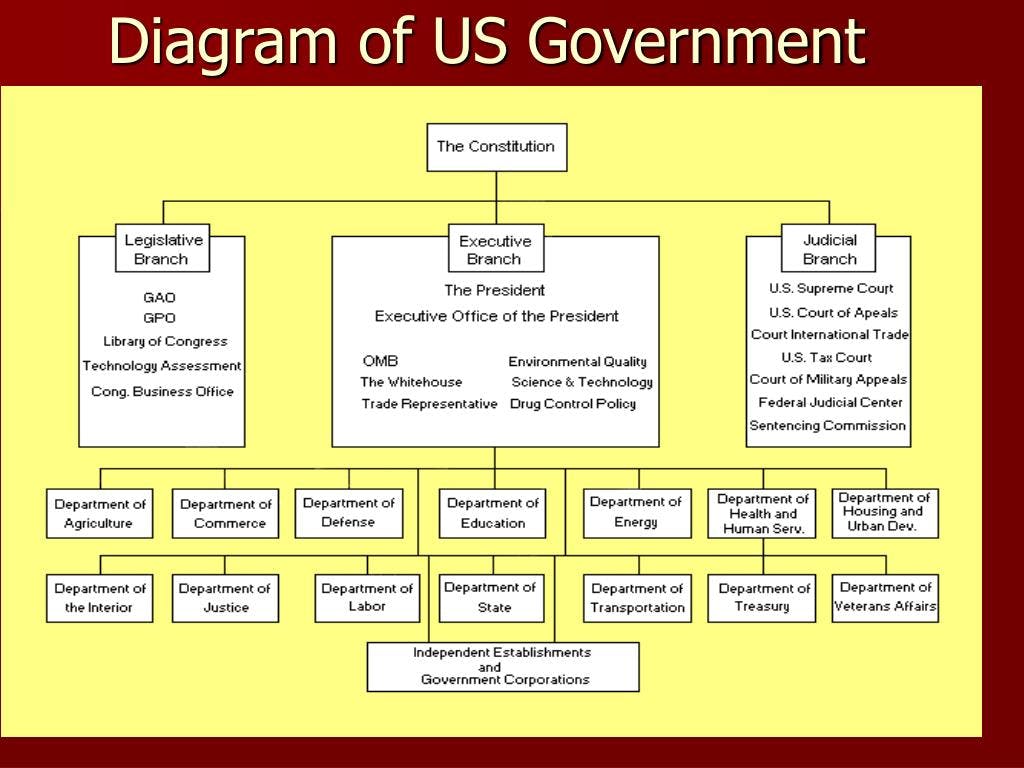Government Regulation
January 17, 2024
Mattress Tagging in Europe


Euro bedding giant Aquinos to tag a million mattresses by 2027, starting next year
January 17, 2024
US materials science and digital identification company Avery Dennison is working with European mattress manufacturer Aquinos Group to tag bedding products from 2024 with radio frequency identification (RFID) technology so fewer go to waste, and the company plays an active role in the circular economy, according to a press statement. The project will make Aquinos the first company in its sector to comply with new European Union (EU) Digital Product Passport (DPP) rules.
Avery Dennison makes labeling materials, bonding solutions, and tagging solutions for industrial, medical, and retail applications. It has engaged RFID specialist TripleR on the project. Aquinos Group is one of Europe’s largest mattress manufacturers and operates 20 European factories. It sells products under the BEKA, Lattoflex, Schlaraffia, Sembella, Superba, and Swissflex mattress brands. It forecasts RFID tags will be used in one million of its mattresses by 2027, and “usher in a new era of transparency and circularity” for the firm.
Data from the RFID tags will connect to Avery Dennison’s atma.io platform via RFID readers as they are scanned, creating a digital twin of their whereabouts and history. Data will show information about the origins and materials used in the production of the mattresses. They will also be scanned at recycling centres so that “product dismantlers” can separate materials from the mattresses more efficiently for recycling, and reuse. Consumers will also be able to scan QR codes with smartphones to access product information before and after purchase.
The EU’s new DPP rules will deliver information about products’ environmental sustainability, accessible by scanning a data carrier. Data will include attributes such as the durability and reparability, the recycled content or the availability of spare parts of a product. The DPP scheme is due to come into force for mattresses in 2027. By then, it will have already shipped a million tagged units, it reckons. DPP rules for mattresses will be active sooner in certain European markets, such as Belgium (by 2025), where Aquinos is based.
Aquinos said it will be the “first producer to comply with the DPP scheme at a pan-EU scale”. Aquinos and TripleR are in alliance with the Belgian industry association Valumat as part of a collaboration that also includes product dismantlers.
Benjamin Marien, international commercial director for bedding at Aquinos, said: “DPP sets the next important step in circularity. By being the first in the industry to begin compliance, we want to lead by example to inspire the markets, our industry partners, and the bedding sector to advance environmentally responsible practices…. We will use the power of [our] brands to raise external awareness of the importance of DPPs… We are moving bedding sustainability beyond niche implementation to mainstream. This will be crucial to put an end to bedding materials going to waste.”
Michael Goller, senior director for atma.io at Avery Dennison, said: “We are proud to be working on this project with Aquinos and TripleR. Mattresses are complex and bulky products that require a highly sophisticated sorting and dismantling process. To date, it has proven difficult to do this in a cost-efficient manner – leading to millions of mattresses going to landfill each year. This is precisely why DPPs have been established and we are excited to push boundaries with our partners towards greater traceability, efficiency, and circularity.”
Stefaan Cognie, co-founder at TripleR, commented: “This project is an important milestone and sets a benchmark for how the DPP scheme will operate across Europe to enable sustainability and circularity. We have already developed a digital Identification standard in the bedding industry in Belgium and are engaging with extended producer responsibility (EPR) bodies and mattress associations in different European countries, as well as with the overarching European Mattress Association EBIA to bring DPP compliance to fruition.”
September 24, 2023
Mattress Recall
48,000 mattresses sold at Costco recalled for mold risk
Lara Bonatesta
20 hours ago
(WHTM) — The United States Consumer Product Safety Commission has announced that 48,000 mattresses that were sold exclusively as Costco have been recalled by FXI Inc. due to the risk of mold exposure.
The recalled mattresses include Novaform ComfortGrande 14-inch and Novaform DreamAway 8-inch mattresses.
The ComfortGrande 14-inch mattress has a blue base with “Novaform” written in white letters.
The DreamAway 8-inch mattress has a gray base with “Novaform” written in white letters.

The item number can also be found on the mattress box and on the law tag attached to the mattress. Only mattresses with the following model/item numbers and manufactured at FXI’s San Bernardino, California facility between January 2, 2023, and April 28, 2023, are included in the recall:
| ComfortGrande 14″ Mattress | ||
| ITM/ART # | Price | |
| King | 1413200 | $700 |
| Cal King | 1413201 | $700 |
| Queen | 1413202 | $580 |
| Full | 1413203 | $500 |
| Twin | 1413204 | $400 |
| King | 1413200 | $750 |
| Queen | 1413202 | $600 |
| DreamAway 8″ Mattress | ||
| ITM/ART # | Price | |
| Twin | 1698562 | $160 |
| Full | 1698564 | $210 |
| Twin | 1698562 | $150 |
| Full | 1698564 | $200 |
FXI has received 541 reports of mold on the mattresses. No injuries have been reported.
The recalled mattresses were sold at Costco in the Northwest United States and in the San Francisco Bay area and online at www.costco.com from January 2023 to June 2023 for between $150 and $750.
Consumer Contact
FXI Inc. toll-free at 888-886-2057 from 8 a.m. to 8 p.m. ET, Monday through Friday, or online at https://novaformcomfort.com/pages/recall or https://novaformcomfort.com and click Product Recall on the site for more information.
September 17, 2023
Advertising and Direct Mail May Take A Hit
IRS Halts Pandemic-Era Small-Business Tax Break Following ‘Flood’ Of Potential Fraud Claims
by Tyler Durden
Sunday, Sep 17, 2023 – 11:40 AM
Authored by Naveen Athrappully via The Epoch Times (emphasis ours),
The Internal Revenue Service (IRS) has announced pausing a small-business tax credit program from the pandemic era for the remainder of the year following worries that ineligible claims are being filed.

The Employee Retention Credit (ERC) was instituted during the COVID-19 pandemic to encourage small businesses to retain their employees on payroll. It offered a refundable tax credit for businesses that paid employees while being shut down due to lockdowns and other restrictions. More than three years later, applications for ERC claims continue to pour in at the agency.
Amid “rising concerns about a flood of improper Employee Retention Credit claims,” the IRS announced an immediate moratorium on the program on Sept. 14 that is valid through “at least the end of the year.”
With the moratorium in effect, it would mean that new claims for ERC would not be processed. However, the agency would continue working on previously submitted ERC claims, it said. Processing times may be longer due to fraud concerns.
The moratorium was ordered by IRS Commissioner Danny Werfel due to worries that third parties or “promoters” were aggressively pressuring ineligible businesses to file for ERC claims. Such third parties can charge hefty fees for services, which can go up to 25 percent of the ERC refund.
Even though promoters advertise that ERC claim-submissions as “risk free,” businesses filing such claims face “significant risks” as the agency increases its audit and criminal investigation into the matter.
According to the IRS, any business that improperly files for ERC claims must pay back the received credit together with potential interest and penalties.
“A business or tax-exempt group could find itself in a much worse financial position if it has to pay back the credit than if the credit was never claimed in the first place,” the IRS stated.
The agency has received around 3.6 million ERC claims over the course of the program, which is roughly a fourth of the total number of U.S. businesses that file tax returns annually.
The IRS has already referred thousands of ERC claims for audit. Hundreds of claims have been referred to the IRS’s Criminal Investigation division which is “actively working to identify fraud and promoters of fraudulent claims for potential referral for prosecution to the Justice Department.”
As of July 31, the division has initiated 252 investigations related to potential ERC claim fraud worth over $2.8 billion.
Out of these 252 cases, 15 have resulted in federal charges. And among the federally charged cases, six have ended in convictions and four have reached the sentencing phase. The average sentencing is 21 months.
“The IRS is increasingly alarmed about honest small-business owners being scammed by unscrupulous actors, and we could no longer tolerate growing evidence of questionable claims pouring in,” Mr. Werfel said.
“The further we get from the pandemic, the further we see the good intentions of this important program abused. The continued aggressive marketing of these schemes is harming well-meaning businesses and delaying the payment of legitimate claims, which makes it harder to run the rest of the tax system. This harms all taxpayers, not just ERC applicants.”
Tax Credits and Fraud
When the program was initially introduced during the pandemic, the tax credit offered to businesses was 50 percent of a qualified employee’s wages, limited to $10,000 per year.
As such, a qualifying business could receive a credit of up to $5,000 per employee per annum. The credit was later updated to 70 percent of wages, limited to $10,000 in wages per quarter.
To qualify for ERC, a business should have shut down due to a government-imposed restriction during 2020 or during the first three quarters of 2021. Businesses that experienced a decline in gross receipts during this period may also qualify. These employers must have paid wages to their employees during the period to claim ERC.
Like the Sept. 14 warning, the IRS had issued a similar alert about ERC fraud back in March. At the time, acting IRS Commissioner Doug O’Donnell advised businesses that “if the tax professional they’re using raises questions about the accuracy of the Employee Retention Credit claim, people should listen to their advice.”
“People need to think twice before claiming this,” he said.
Despite ERC being only applicable to businesses that were shut down or saw a steep decline in revenue during the pandemic, fraudsters entice business owners by claiming that most businesses qualify for the credit.
During an interview an with The Washington Post, Laurel Blatchford, a Treasury Department official, said that the extensive ERC fraud should prompt Congress to consider new legislation to tackle the issue.
An IRS spokesperson said that the agency has paid over $230 billion in ERC claims, which far exceeds the original congressional estimate for the program.
The IRS advised businesses who have not yet filed for their ERC claim to consider reviewing the guidelines and wait to file for the credit.
“The IRS believes many of the applications currently filed are likely ineligible, and tax professionals note anecdotally that they are seeing instances where 95 percent or more of claims coming in recent months are ineligible as promoters continue to aggressively push people to apply regardless of the rules.” the agency said.
April 16, 2023
Deindustrialization Concerns
Business deindustrialization
Covestro boss calls for master plan for Germany
As of: 12:59 a.m | Reading time: 2 minutes

Quelle: Getty Images
High energy prices are a burden for chemical companies. Covestro boss Markus Steilemann, who is also president of the chemical industry, sees the industry as being unduly burdened. He is worried about job cuts in the manufacturing industry.
Dhe boss of the chemical company Covestro, Markus Steilemann, warns of Germany’s economic decline. “De-industrialization has already started,” Steilemann told WELT AM SONNTAG in an interview.
Steilemann, who is also President of the industry association VCI, cited the high energy prices as the main reason. “We need a master plan for Germany, and we need it urgently,” he demands. As a possible measure, Steilemann named a cheaper electricity price for industry.
Germany is still a leader in many research fields such as biotechnology. “But we are in the process of losing this lead to the USA, Great Britain and China.” The main culprits are the high energy prices, but also a real “law tsunami” with which the government is really slowing down companies.
There is no way around the government’s planned conversion to a climate-neutral future. “But instead of setting the right incentives for a country that is poor in raw materials but hungry for energy, the federal government loses itself in regulation mania,” says Steilemann.
At the same time, the industry is being unduly burdened by electricity prices, which are very high by international standards. “This puts Germany’s business model, as one of the leading export nations, at risk. There are already first signs: I’m watching with concern how massive jobs are currently being cut in Germany – and not just in the manufacturing industry,” he said.
Despite the difficult outlook this year, the CEO ruled out redundancies for Covestro: “Since we have made long-term provisions, we don’t need any quick-fix measures. I have made it clear that we will rule out redundancies for operational reasons, and that’s how it’s going to stay.”
April 6, 2023
EO in the Crosshairs
Biden-Harris Administration Proposes to Strengthen Standards for Chemical and Polymers Plants, Dramatically Reduce Cancer Risks from Air Toxics
Proposal would reduce the number of people with elevated cancer risk by 96 percent in communities surrounding chemical plants, cut more than 6,000 tons of toxic pollution per year

April 6, 2023
Contact Information
EPA Press Office (press@epa.gov)
WASHINGTON – Today the U.S. Environmental Protection Agency (EPA) announced a proposal to significantly reduce hazardous air pollutants from chemical plants, including the highly toxic chemicals ethylene oxide (EtO) and chloroprene. The reductions would dramatically reduce the number of people with elevated air toxics-related cancer risks in communities surrounding the plants that use those two chemicals, especially communities historically overburdened by air toxics pollution, and cut more than 6,000 tons of toxic air pollution a year.
The proposal advances President Biden’s commitment to ending cancer as we know it as part of the Cancer Moonshot and to securing environmental justice and protecting public health, including for communities that are most exposed to toxic chemicals. Administrator Michael Regan made the announcement at an event in St. John the Baptist Parish, Louisiana – one of the communities the Administrator visited during his November 2021 Journey to Justice tour.
“For generations, our most vulnerable communities have unjustly borne the burden of breathing unsafe, polluted air,” said EPA Administrator Michael S. Regan. “When I visited St. John the Baptist Parish during my first Journey to Justice tour, I pledged to prioritize and protect the health and safety of this community and so many others that live in the shadows of chemical plants. I’m proud that this proposal would help deliver on that commitment and protect people from toxic air pollution in communities across the country – from Louisiana and Texas, to Kentucky, West Virginia, and Ohio. Every child in this country deserves clean air to breathe, and EPA will use every available tool to make that vision a reality.”
EPA’s proposal would update several regulations that apply to chemical plants, including plants that make synthetic organic chemicals, and regulations that apply to plants that make polymers such as neoprene. The proposed updates would reduce 6,053 tons of air toxics emissions each year, which are known or suspected to cause cancer and other serious health effects. Those reductions include a 58 ton per year reduction in ethylene oxide (EtO) and a reduction of 14 tons per year in chloroprene.
Other air toxics the rule would reduce include benzene, 1,3-butadiene, ethylene dichloride and vinyl chloride. The proposal would also reduce emissions of smog-forming volatile organic compounds by more than 23,000 tons a year.
Facilities that make, store, use or emit EtO, chloroprene, benzene, 1,3-butadiene, ethylene dichloride or vinyl chloride would be required to monitor levels of these air pollutants entering the air at the fenceline of the facility, a requirement that would deliver on one of the commitments the Administrator made following his 2021 Journey to Justice tour. This powerful tool would help make sure EPA’s rules deliver: if annual average air concentrations of the chemicals are higher than an action level at the fenceline, owners and operators would have to find the source and make repairs. The proposed action levels vary depending on the chemical. For EtO, EPA is proposing an action level of 0.2 micrograms per cubic meter of air. For chloroprene, the proposed action level is 0.3 micrograms per cubic meter of air.
In order to ensure this data is transparent and available to communities, EPA would make the monitoring data public through its WebFiRE database tool. These fenceline monitoring provisions are based on similar Clean Air Act requirements for petroleum refineries nationwide, which have been highly successful in identifying and reducing emissions of benzene for more than four years.
The proposal would reduce cancer risks from breathing in toxic air pollutants that are emitted from the specific processes and equipment covered under the rules. These pollutants are linked to a number of cancers, including lymphoma, leukemia, breast cancer and liver cancer, among others. EPA also expects the proposal to benefit children, who are more susceptible to the effects of EtO and chloroprene.
To provide the public with the best possible information about the impact of the proposed updates, EPA has conducted a first-of-its kind community risk assessment. That assessment evaluated the impacts of the proposed emissions reductions from synthetic organic chemical manufacturing on the total air toxics-related cancer risks from all large industrial facilities in an area combined – not just from the equipment and processes covered by today’s proposal. The community risk assessment shows that the numbers of people with elevated cancer risk could drop by 96 percent in communities surrounding chemical plants, if the proposal is finalized.
The community assessment also shows there is more work to do, finding that EtO is the largest driver of the remaining risks. In the coming weeks, EPA expects to announce proposed updates to its regulations for commercial sterilization facilities that emit EtO. In addition, the Agency is working to develop proposed rules for other sources of EtO, including polyether polyols production, hospital sterilizers, and smaller chemical manufacturers known as “area sources.”
EPA will accept written comments for 60 days after the proposal is published in the Federal Register and will hold a virtual public hearing. The Agency also will hold a training for communities on April 13, 2023, to review the proposal and answer questions. Learn more.